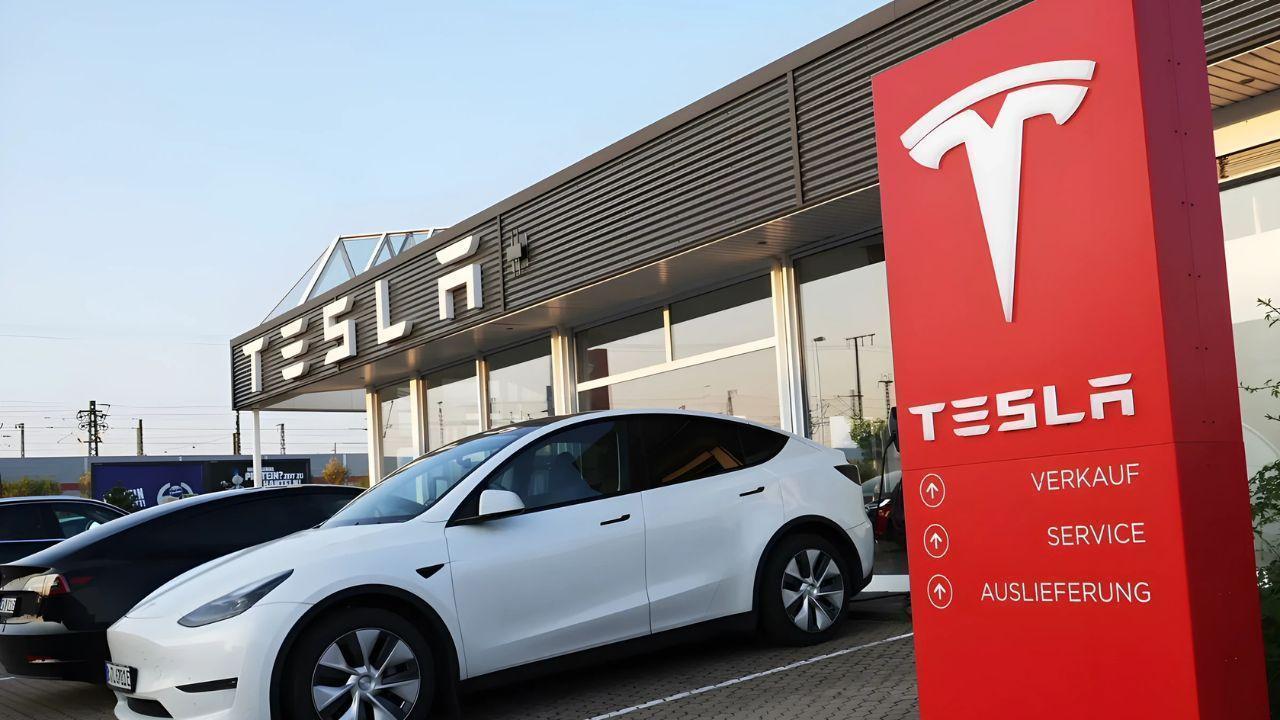
Post by : Avinab Raana
Photo : X / Jesse Cohen
Tesla is pushing ahead with plans to increase production at its factory in Germany, even though sales in Europe have plunged dramatically this year. According to the German plant’s manager, the factory will manufacture more vehicles during the third and fourth quarters than previously planned, a move made in response to what was described internally as “very good sales figures.” On paper those figures do not match the broader market reality registrations of Tesla vehicles in the European Union have fallen by roughly 44% in the first seven months compared with the same period last year.
The push to scale up output comes against a backdrop of steep decline. In Germany, for example, Tesla's sales dropped by nearly 58% over the same period. The EV manufacturer’s flagship crossover, the Model Y—the only model built at the Berlin assembly plant—used to be one of Europe’s top sellers. That has changed. Competition has tightened, with budgets from consumers stretched, cheaper alternatives entering the market, and overall demand for EVs buffeted by macroeconomic headwinds. Yet despite that, Tesla appears intent on using its German facility more aggressively.
Tesla’s Berlin-area factory is not just another assembly line it is central to the company’s European strategy. It was built with lofty expectations: local production to avoid import costs, faster delivery, and strong positioning in the heart of Europe. Producing locally gives Tesla advantages in logistics, tariff exposure, and regulatory compliance. Upping planned production suggests Tesla believes it can overcome current setbacks, perhaps by optimizing operations, cutting costs, or relying on strong core markets. It also implies confidence in its supply chain in Europe, as battery supply, parts, and workforce must all be aligned.
Multiple factors appear to be behind the drop in Tesla vehicle registrations. First, competition has become more intense. European automakers and Chinese EV manufacturers are introducing more models at lower prices or with different value propositions. Second, the macroeconomic environment is putting pressure on consumer spending. Rising interest rates, inflation, and energy costs make big purchases like EVs more difficult for many households. Third, Tesla’s own delivery delays due to factory modifications or supply constraints may be dampening momentum. Finally, market saturation in some regions and the expiration of incentives in certain countries further complicate growth.
Despite the sharp headwinds, those within Tesla seem to believe that sales will improve or at least stabilize. The factory manager in Germany insisted that recent sales are strong enough to justify boosting production. Although the exact numbers behind the “very good sales figures” haven’t been disclosed, the tone suggests Tesla sees an inflection perhaps due to pricing adjustments, model refreshes, or shipments catching up. Internal projections for Q3 and Q4 have been revised upward, signaling a belief that some recovery is possible even as the broader numbers remain weak.
Running a large-scale EV factory is no simple task especially in turbulent markets. Tesla must balance higher planned output with the realities of supply chain, labor availability, and production efficiency. The company has reportedly made changes to its processes to manage cost pressures and reduce bottlenecks. In addition, its strategy may involve prioritizing markets or configurations that are more profitable or less sensitive to competition. Model variants, battery choices, or features could be tailored to meet demand in specific European markets where consumers are more resilient.
Tesla’s experience reflects broader patterns in Europe’s electric vehicle sector. The surge in competition from brands offering more affordable EVs, especially from China and from European brands adapting aggressively, is reshaping what buyers expect. Government incentives, charging infrastructure, and energy costs remain variable across countries some markets are accelerating, others lag behind. Consumer hesitancy is increasing in areas where EV infrastructure or operating cost are less favourable. These shifts affect all manufacturers, not just Tesla.
Tesla’s decision to raise production despite plunging sales reveals several things. It suggests resilience or perhaps optimism about recovering market share or stabilizing demand. It may also mean that Tesla believes scaling up production lowers unit costs enough that even with lower volumes, margins can be preserved. Another possibility is that Tesla is anticipating policy shifts new EV incentives, regulatory push, or charging infrastructure investments that could revitalize demand. The revised plans for Q3 and Q4 likely reflect internal modeling that shows the risks of under-producing in case of a market rebound.
Key indicators will help determine whether Tesla’s bet pays off. First, actual sales data for August through October in Europe, if those months show less steep decline or early signs of recovery, that would validate Tesla’s optimism. Second, delivery timing are customers getting their cars fast enough, or are delays undermining purchase interest? Third, pricing and incentives if Tesla or European governments adjust subsidies, discount programs, or tax perks, demand may shift. Fourth, competition: how new EV models from other manufacturers are priced, how charging infrastructure improves, and how battery supply stabilizes.
Tesla’s plan to increase output in Germany even amid severe sales decline is a bold, risky move. It reflects belief that the long-term fundamentals still favour electrification and that Tesla can leverage its German plant effectively. But if demand fails to rebound, or if competition undercuts its value, the risk is that Tesla may be left with excess inventory, cost overruns, or margin erosion. The next few months will be critical. Tesla needs not just to make cars, but to sell them with speed, cost control, and customer trust.
Tesla Europe, Sales drop, German factory production
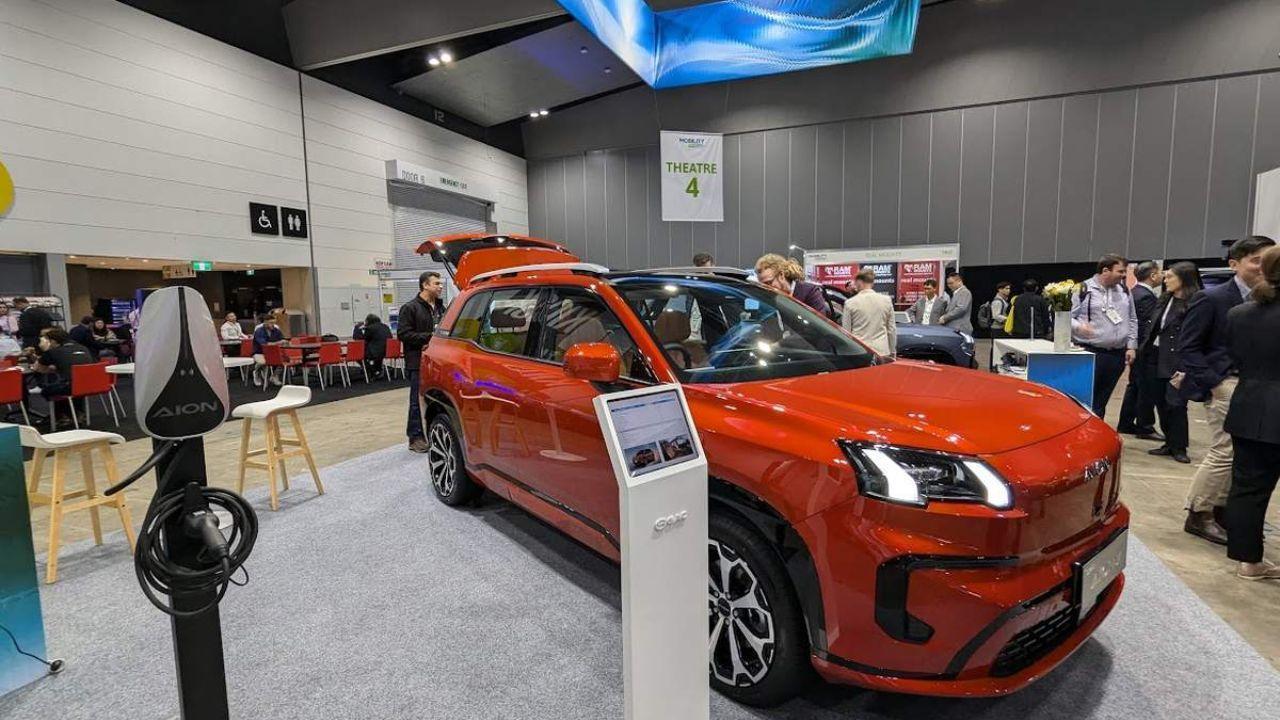
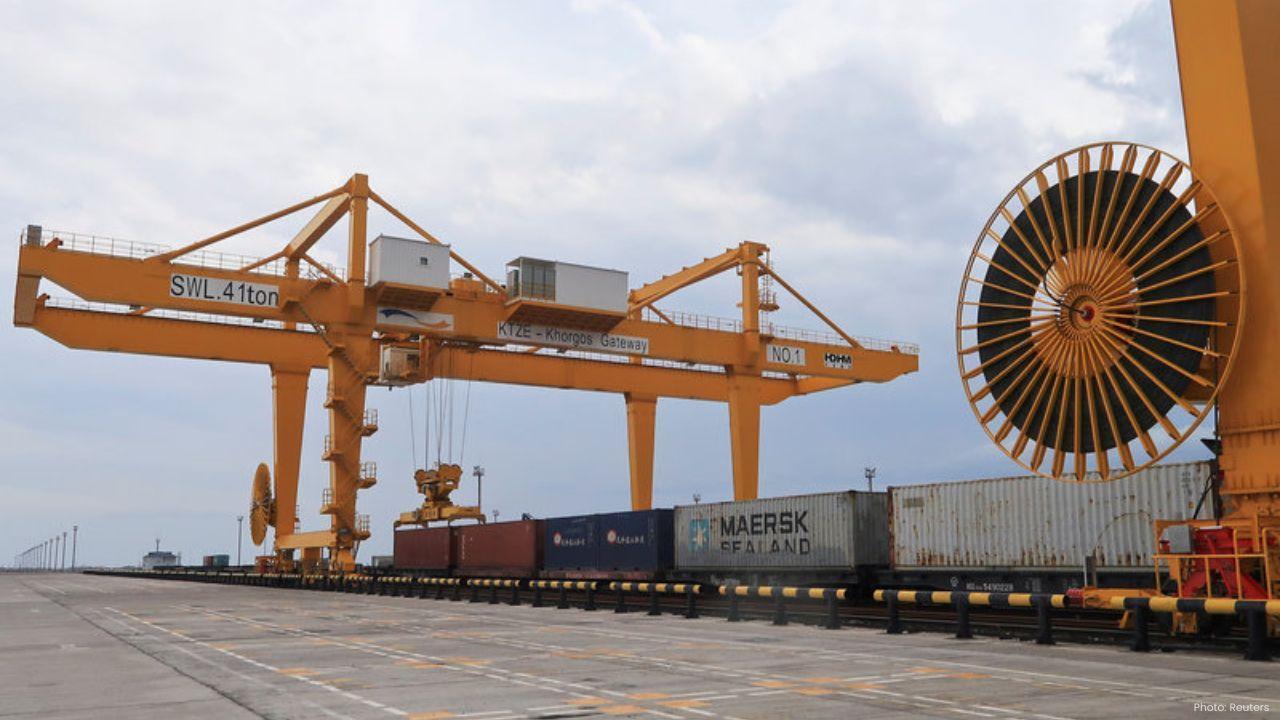

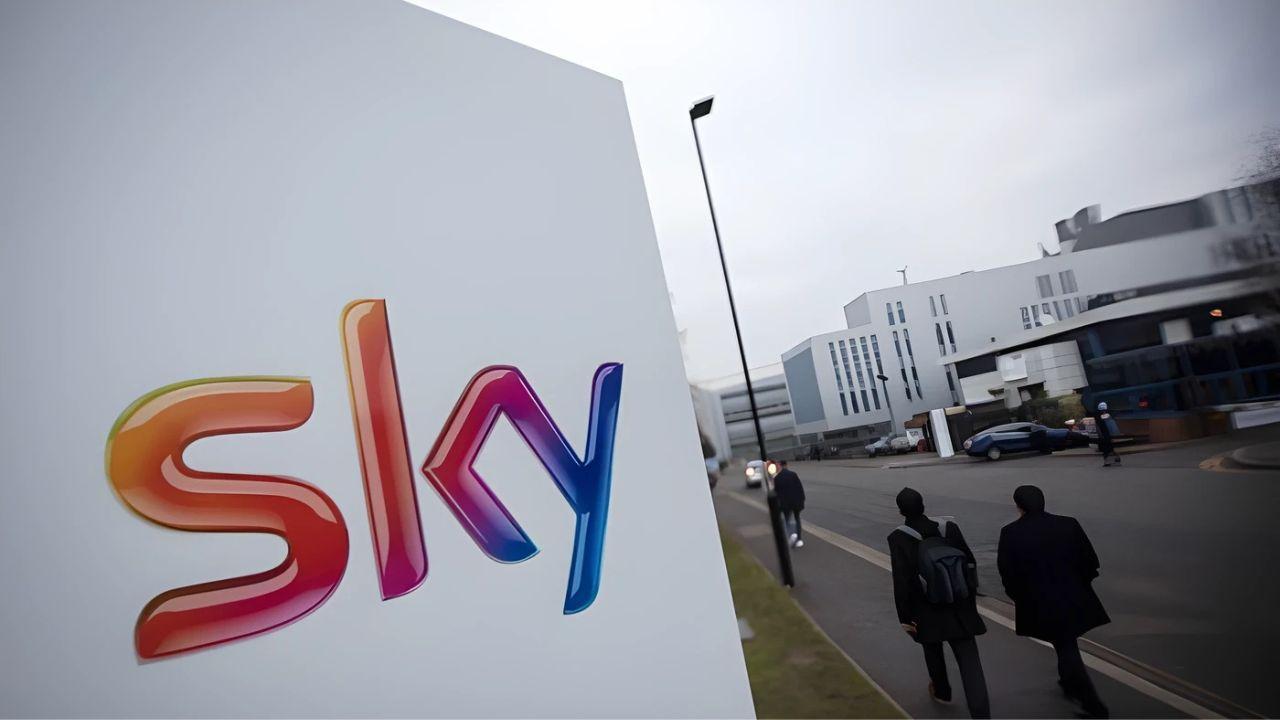

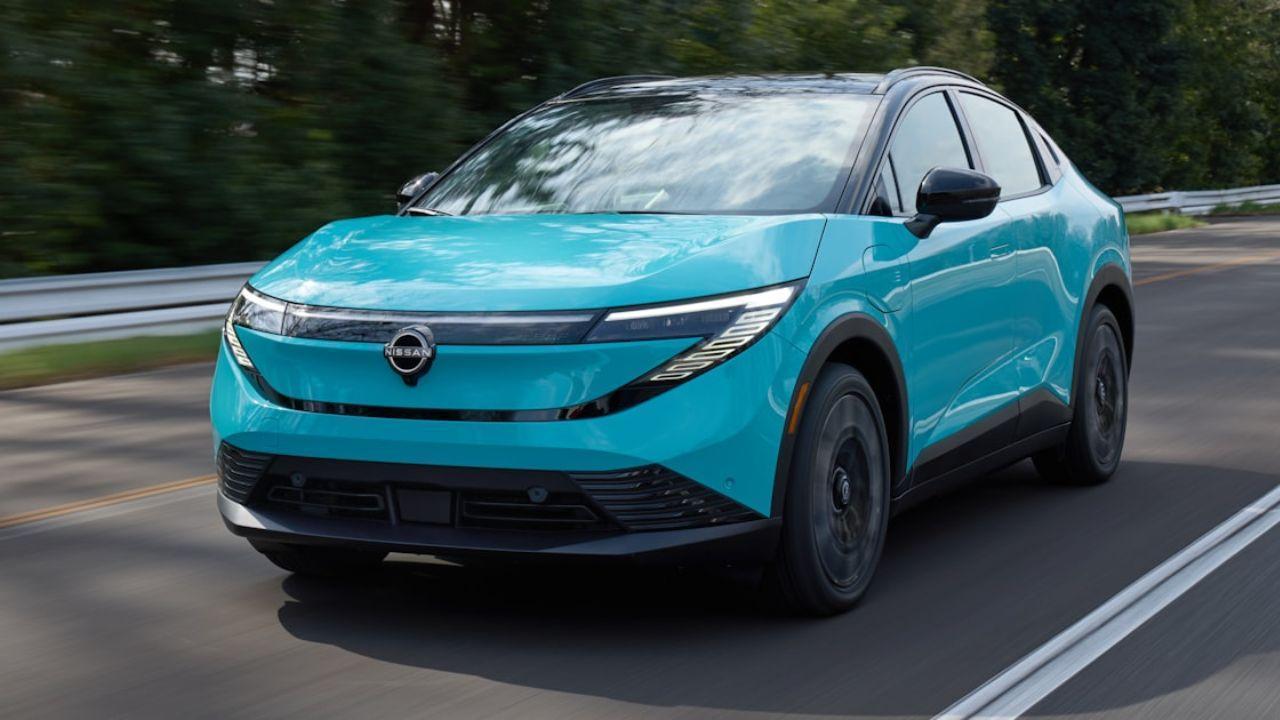
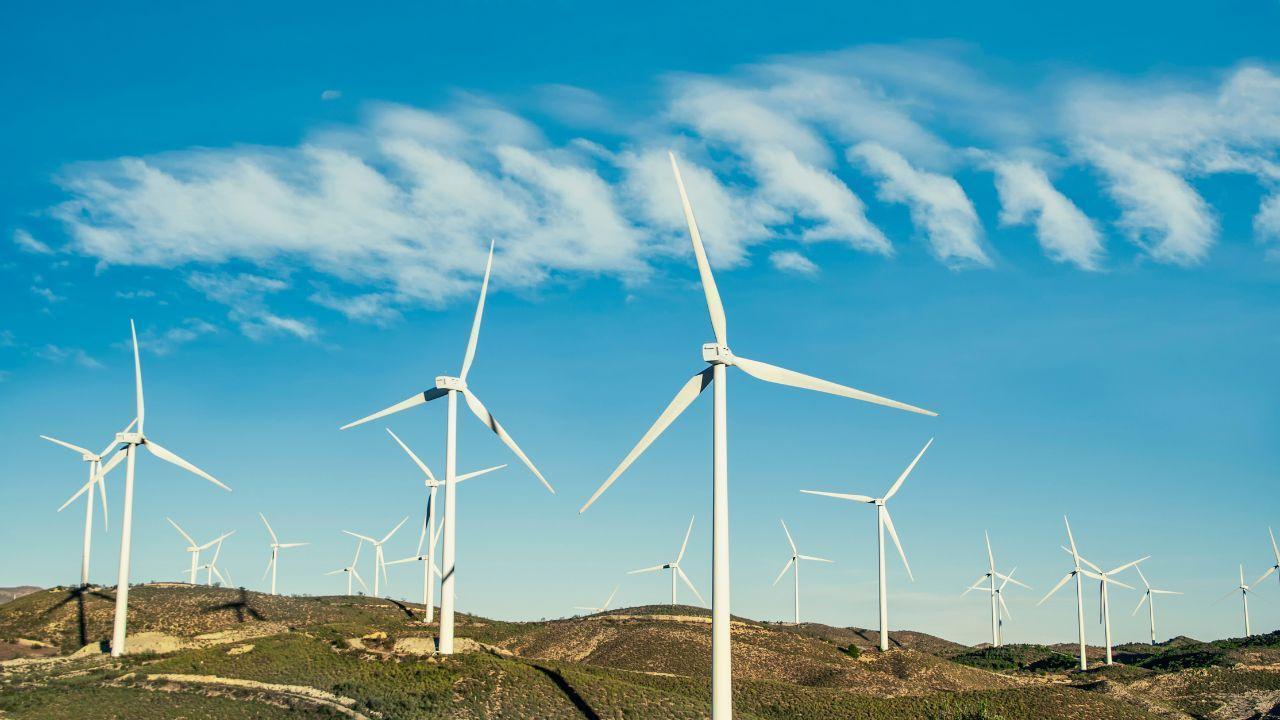

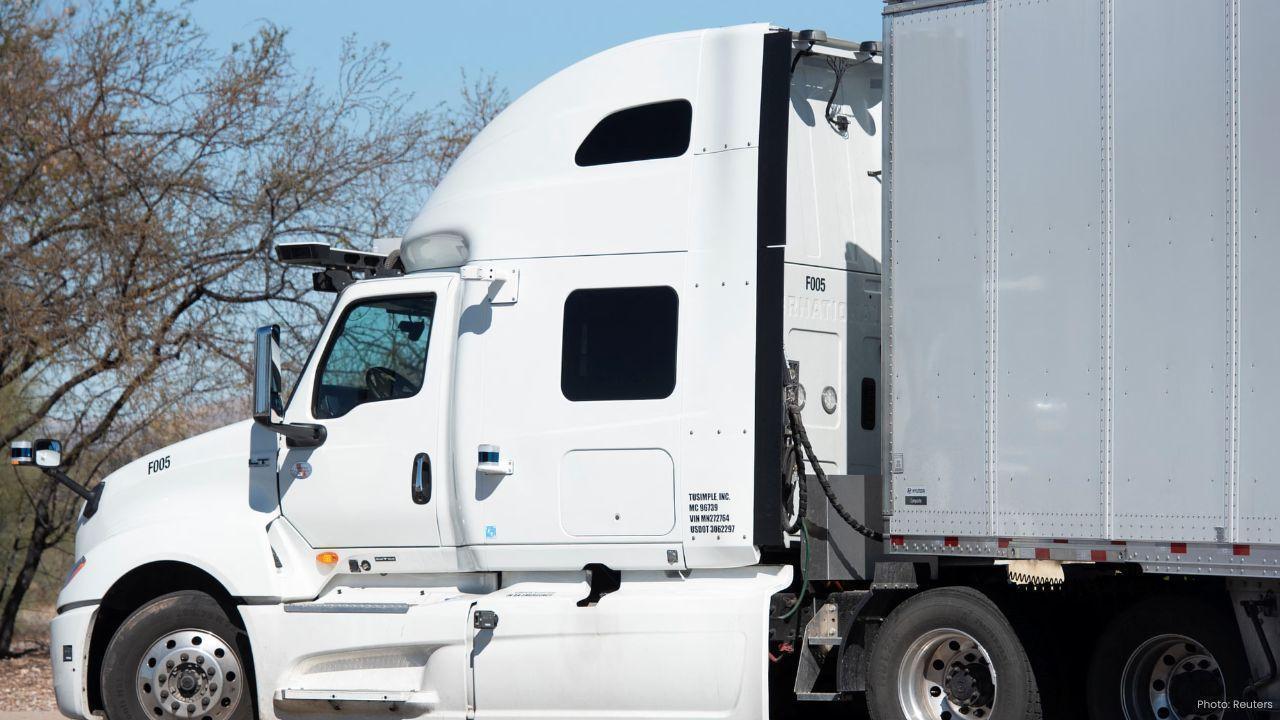
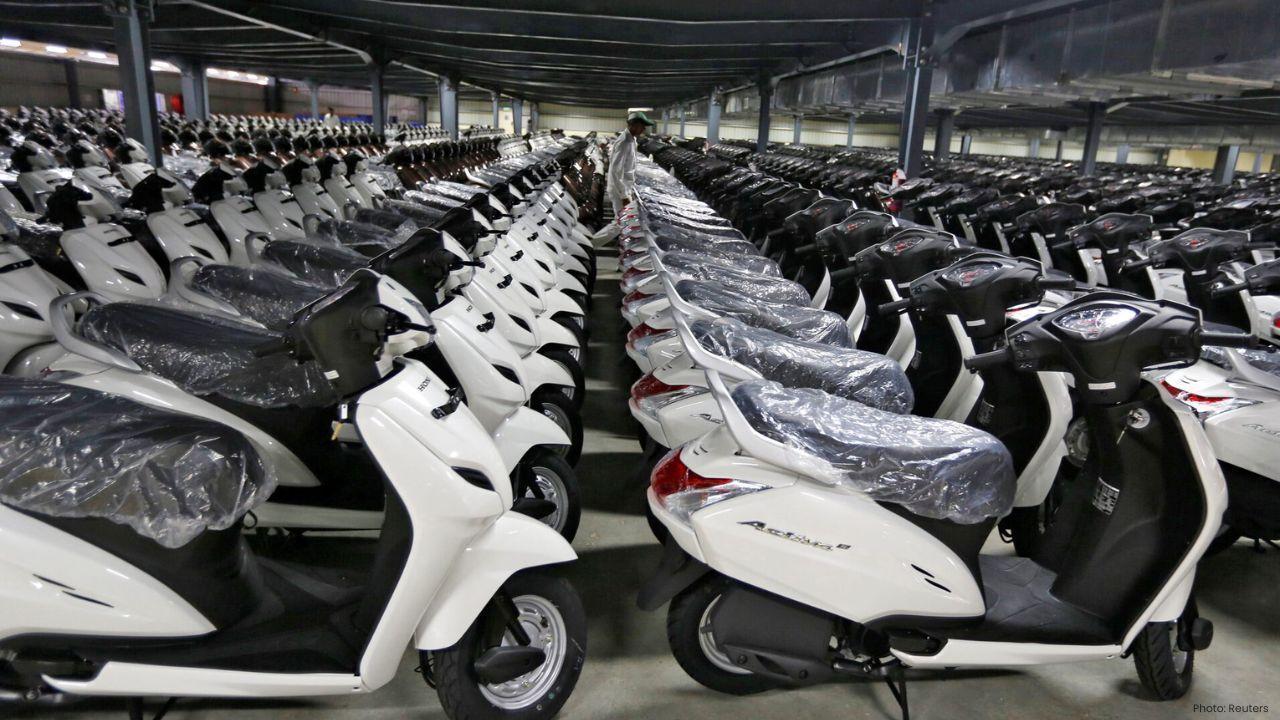
Honda Cuts Prices on Scooters and Bikes After GST 2.0 Revision
Honda reduces prices on Activa Dio Shine CB350, passing GST 2.0 benefits to customers with savings u
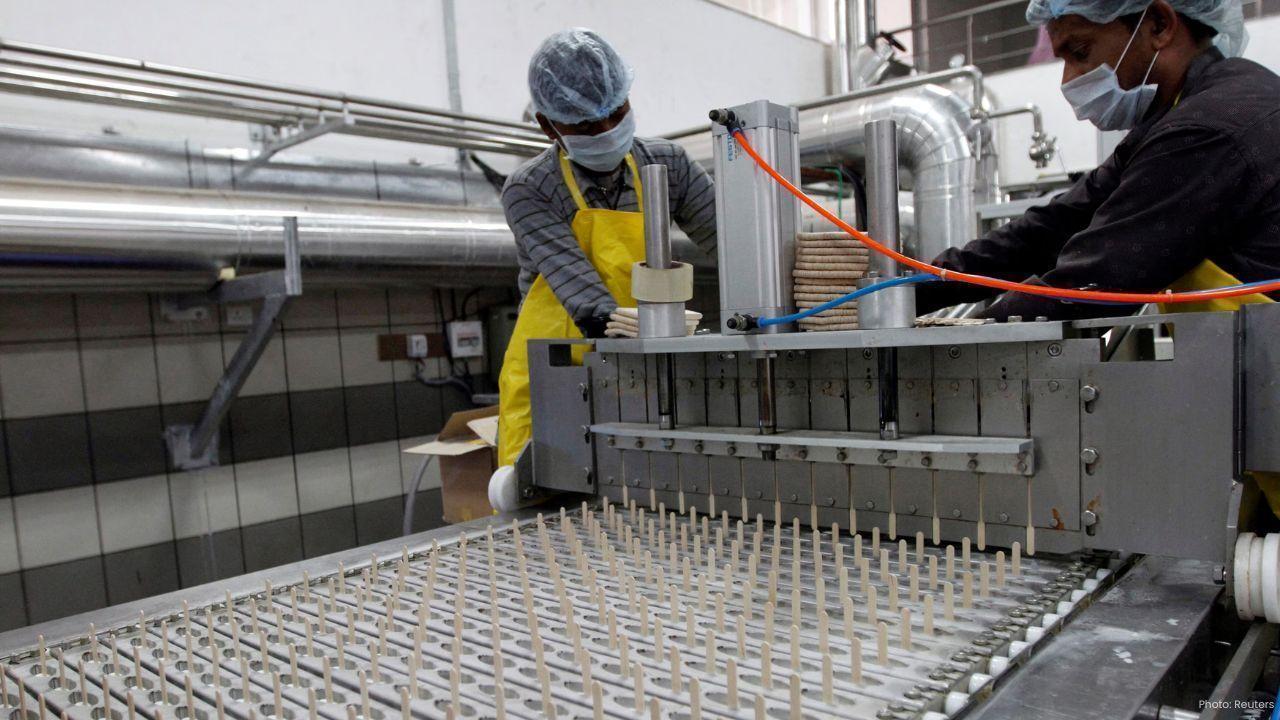
India’s Cold Chain Industry Expanding Beyond Vaccines to Foods
India’s cold chain industry grows beyond vaccines, driven by frozen foods dairy fresh produce and fa

Delta Air Lines Launches Daily Nonstop Flight from Austin to Miami
Delta adds daily nonstop flights from Austin to Miami, giving travelers more convenient options and
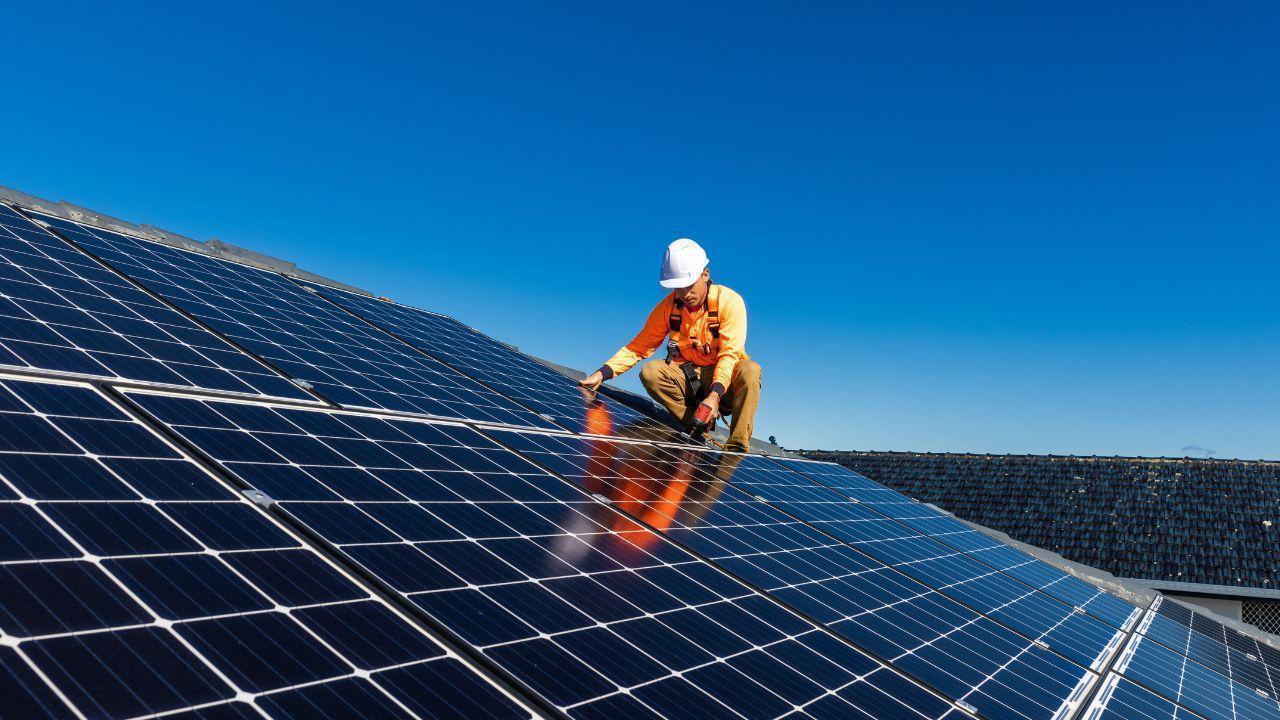
Servotech Partners with Enovra to Bring Solar & EV Chargers to Mauritius
Servotech forms deal with Mauritius-based Enovra to supply solar solutions & EV chargers with Enovra
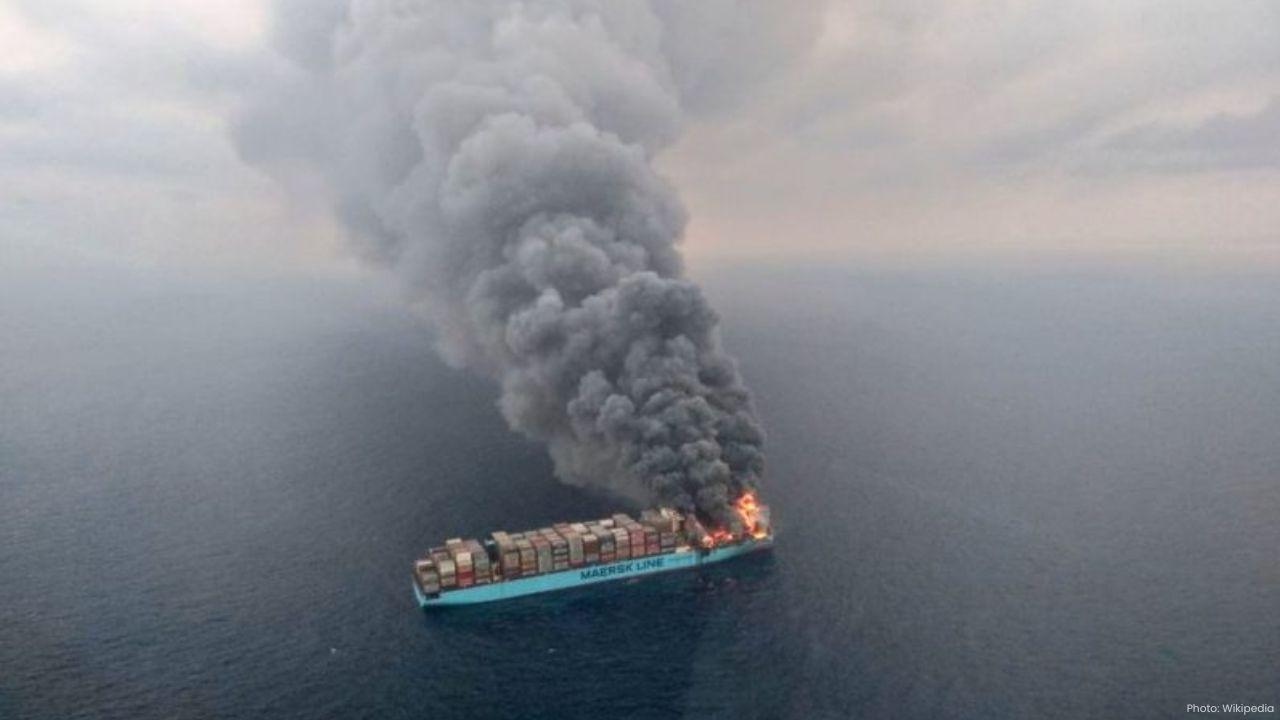
WSC launches global cargo safety programme to stop dangerous ship fires
WSC unveils a safety programme using AI-based cargo screening and joint standards to catch misdeclar

Mahindra NOVO Series Turns 11 Premium Upgrades & 6-Year Warranty Added
Mahindra marks 11 years of its NOVO tractor line by adding Creeper Mode, mBoost tech, better hydraul